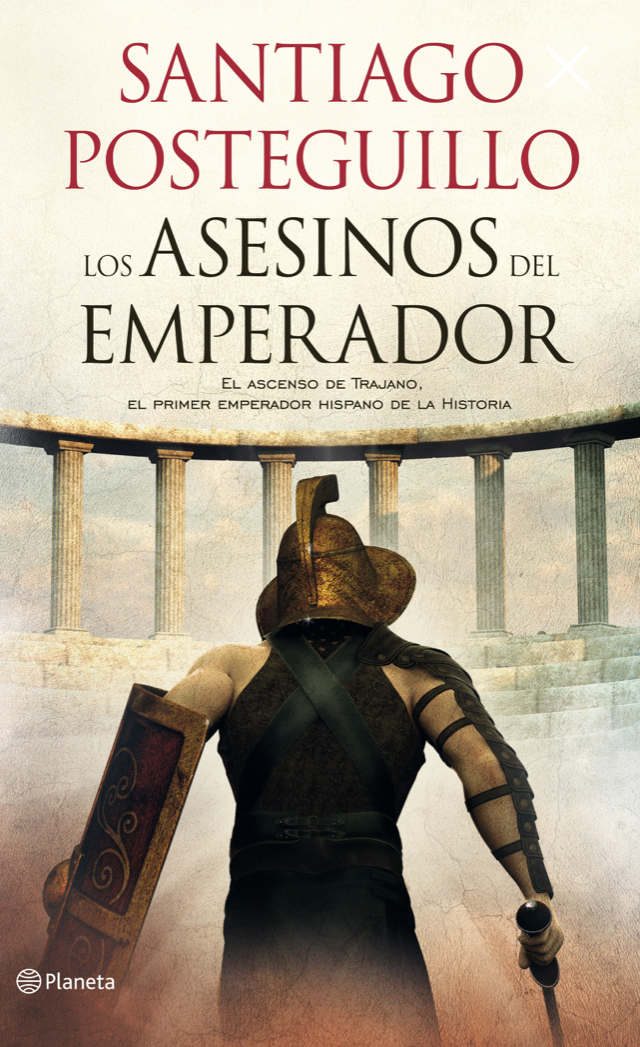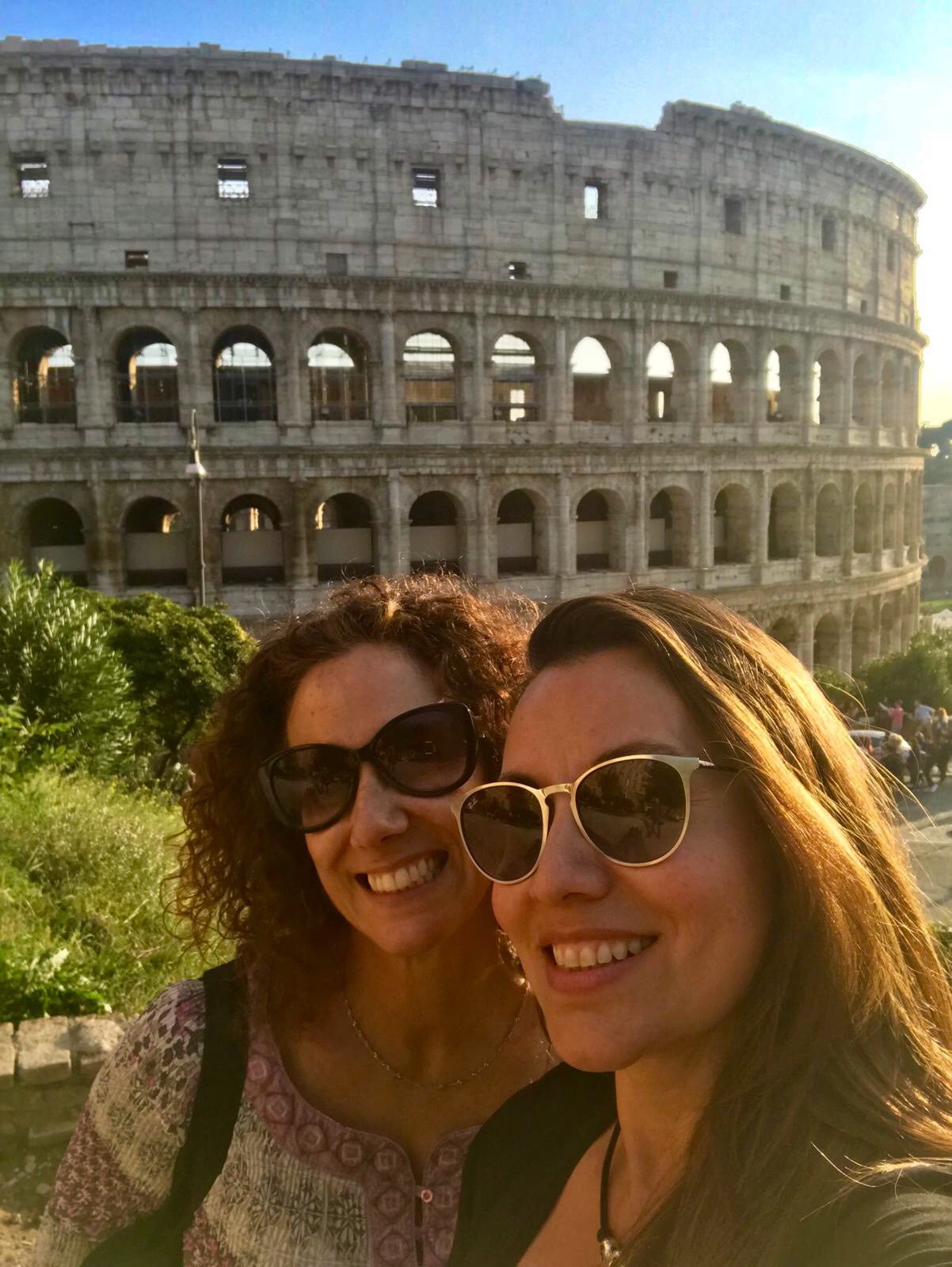
Dear nomads, we are back at the Coliseum as starting point. I’d like to mention that in its beginnings it was known as Flavio anphiteathre, honouring the family who ordered to build it. Its actual name comes from the statue of the Colosus of Nerón that never made it to our days.
It is the most important monument in Rome & the most iconic, it might be the reason why I am starting many walks from here.
In the side where the metro station is you’ll see many visitors taking photos from an more elevated area, or you might have arrived from that direction.
It you face the opposite way of the Coliseum you’ll see a small elevated bridge that crosses the street, the Ponte degli Annibaldi, on it you’ll have a very good perspective of the astoning & maximum representation of Romanity.
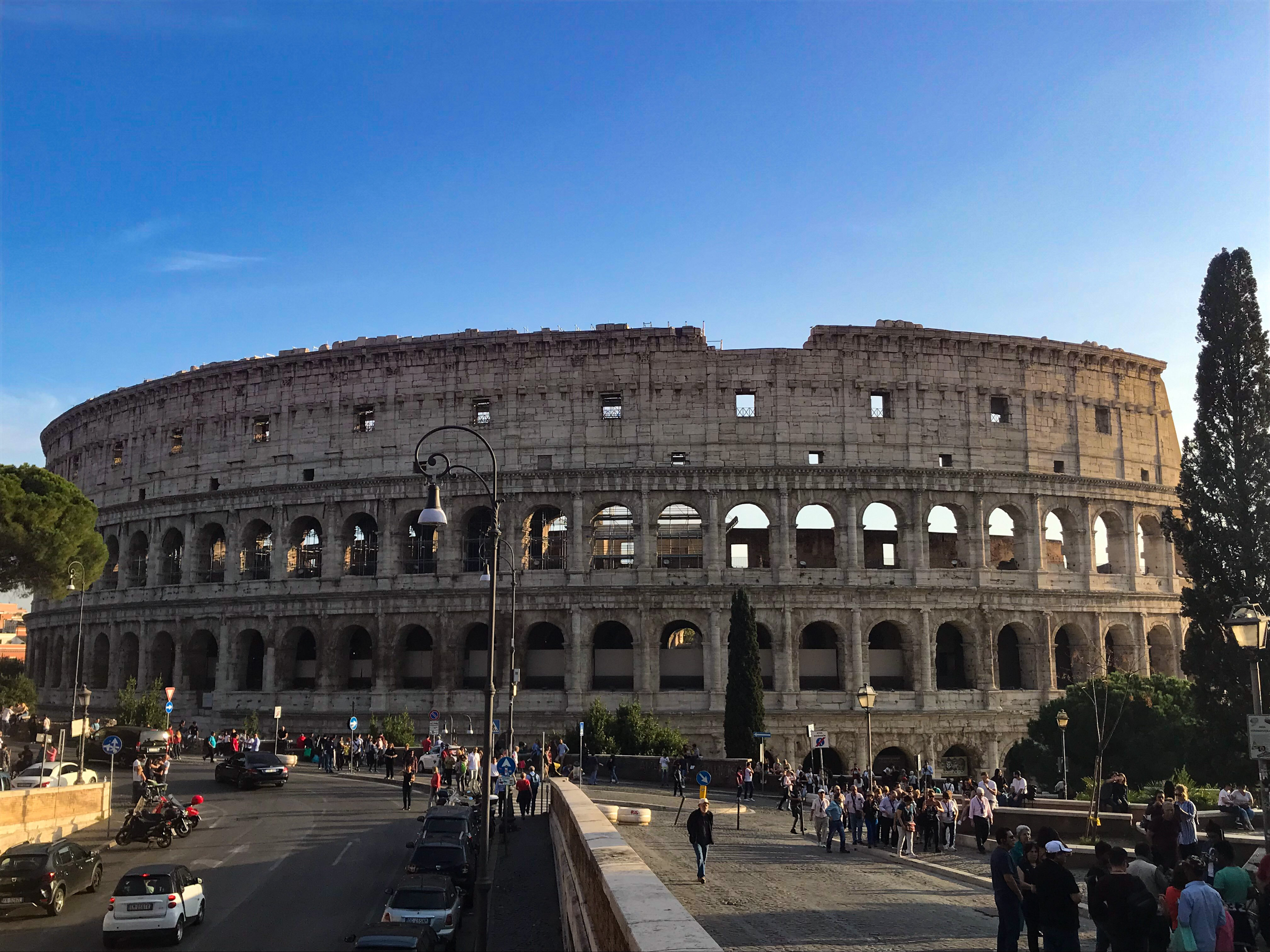
I must add that the day I was crossing the bridge with my friend Basak we realised that to our left, as we’re facing the monument, there was a small green area & no one there, no one! We’re surprised as I have already told you the centre of the city is full of visitors.

After taking the pertinent photos we carried on to the Piazza di San Pietro in Vincoli & its church.

You’ll wonder what this church has that it is so especial, let me tell you.
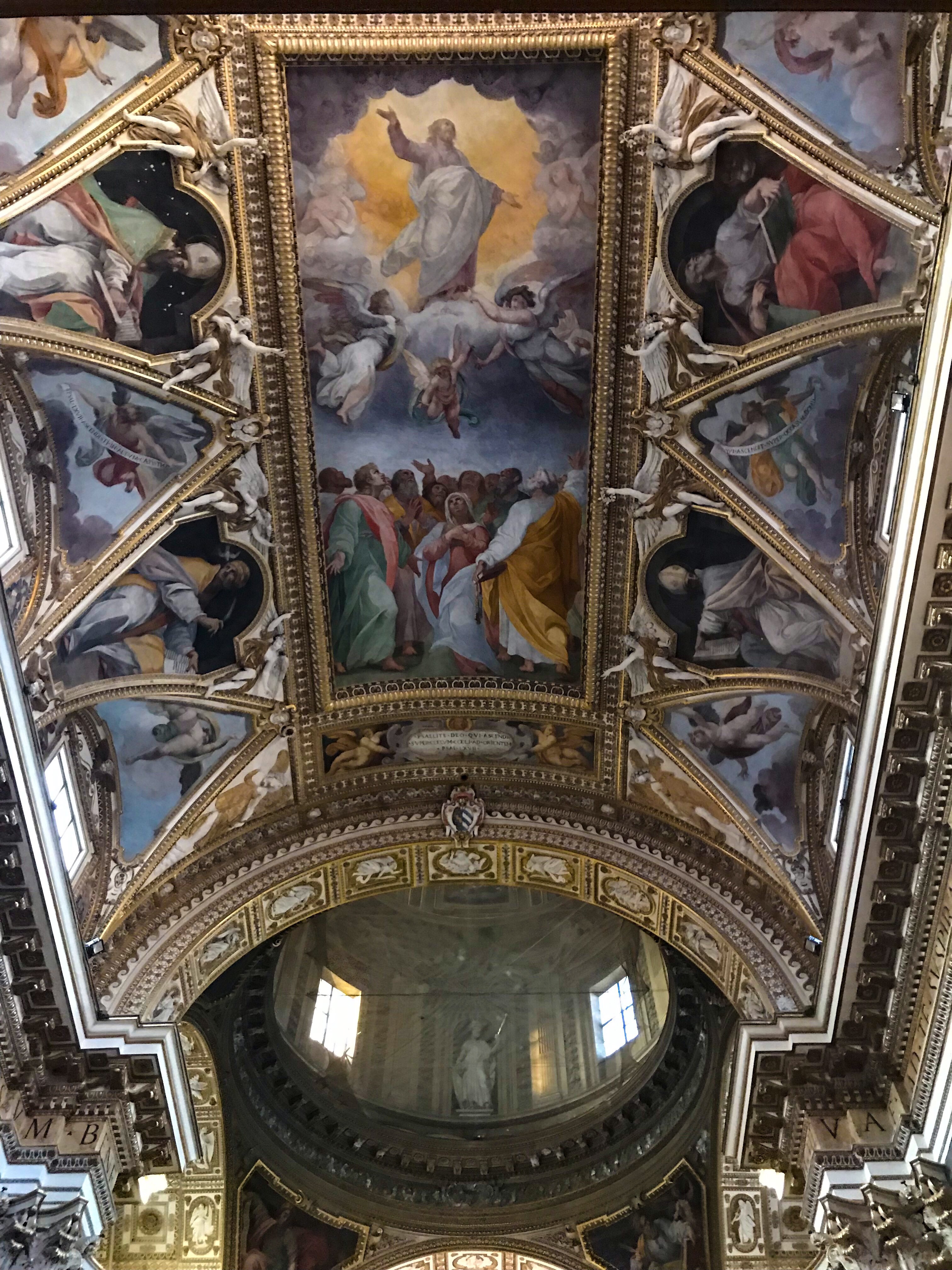
It houses the magnificent, splendours & formidable Moses by Michelangelo. Its creases denoting tension, his expresion, his body full of muscles & blooded veins, of all him represented in a white marble statue is sublime, it looks like in any moment he is going to get up and walk to you.
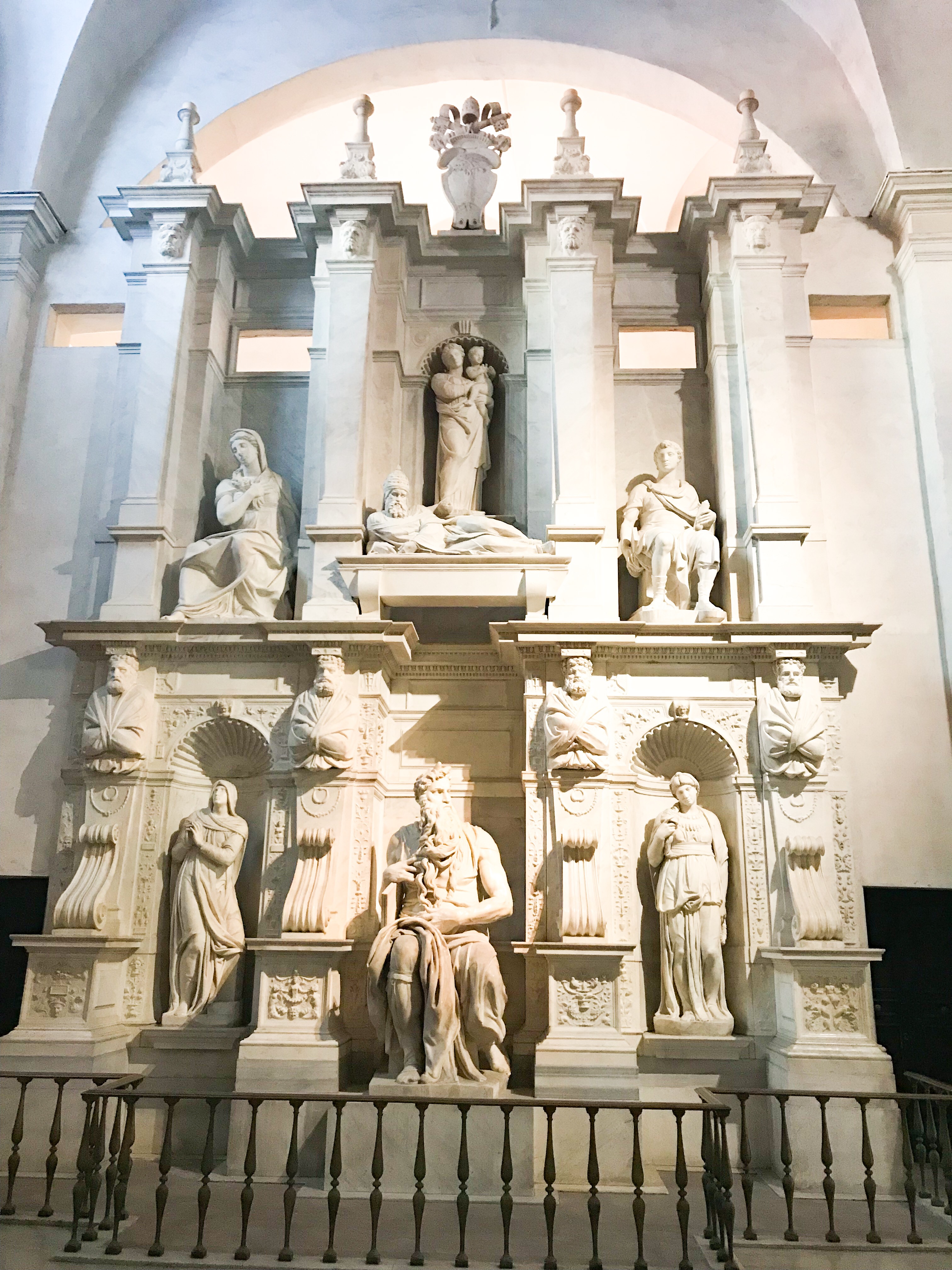
The reason why he has horns apparently is due to a translation of the Exodus that said “rays of light were emanating from his face” but Saint Jerome translated it as “his face was horned by the conversations with God”. In those days the error was corrected, but Michelangelo preferred to leave it like this.
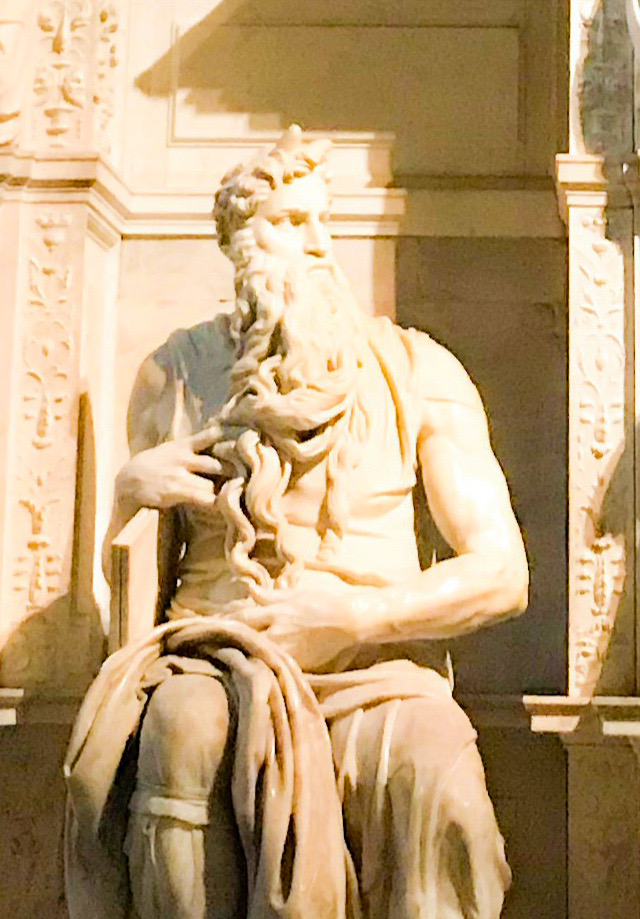
With the overwhelming Moses I almos forgot to tell you that this church, besides being very beautiful it also houses the relic of the chains of Saint Peter’s & a few works of art.
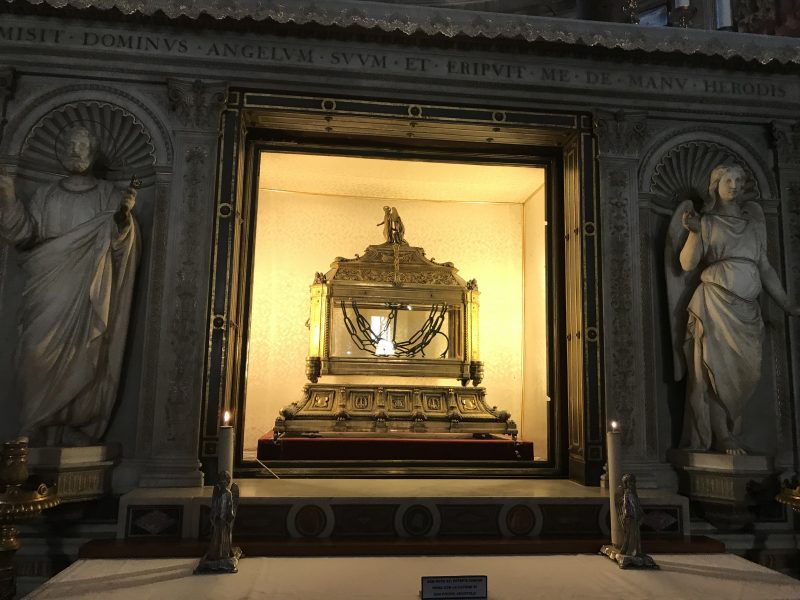
Exiting the church we took the way which brought us here through a mini tunnel, the Borgia Steps.
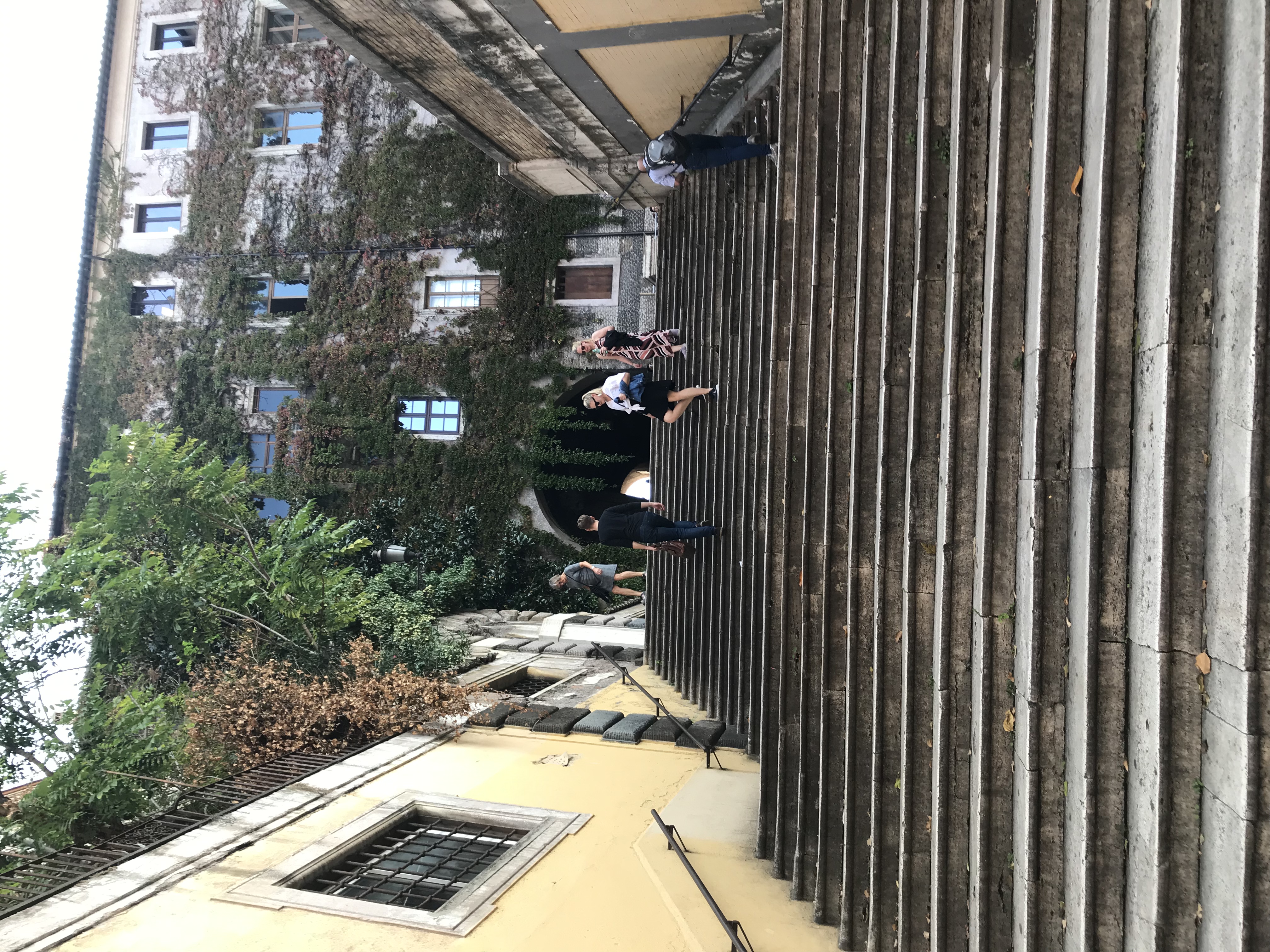
They have this name as they led to one of the Borgia palaces. There are a few bloody legends about them, but I think it’s nicer to focus on how lovely they look with all this ivy hanging on them.

Via Cavour crosses the steps, it is one of the most important avenues of Rome, it runs through a few of its main neighbourhoods.

One of them is Monti where we are today. It was the first rione (it’s how they call the districts since the Middle Ages) of Rome & comprises the hill of Esquilino, Viminal, part of the Quirinal & Celio, there you go, just in case you were asking yourselves how the hills not mentioned yet were called.
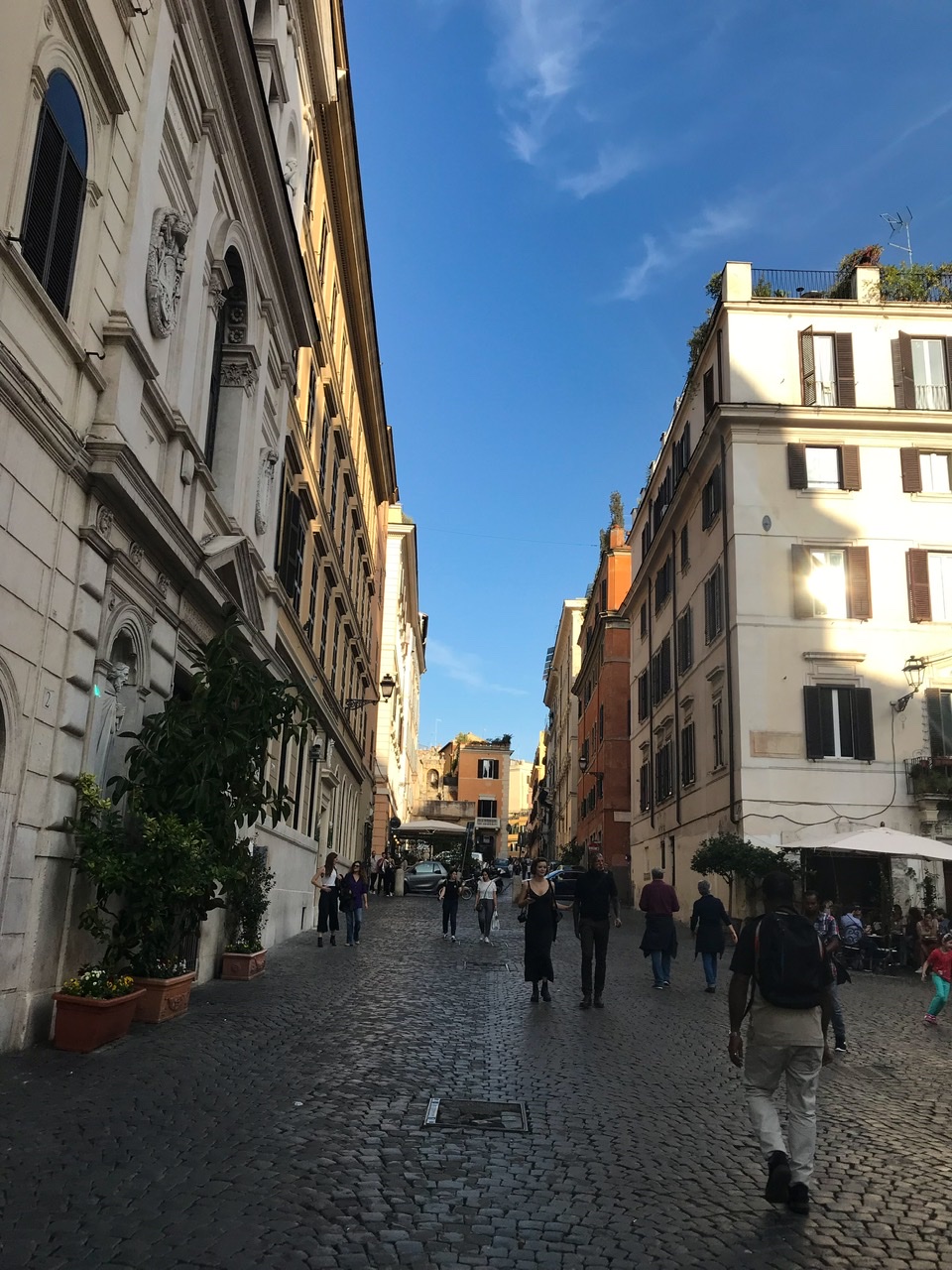
It is delightful to stroll its narrow & picturesque streets.
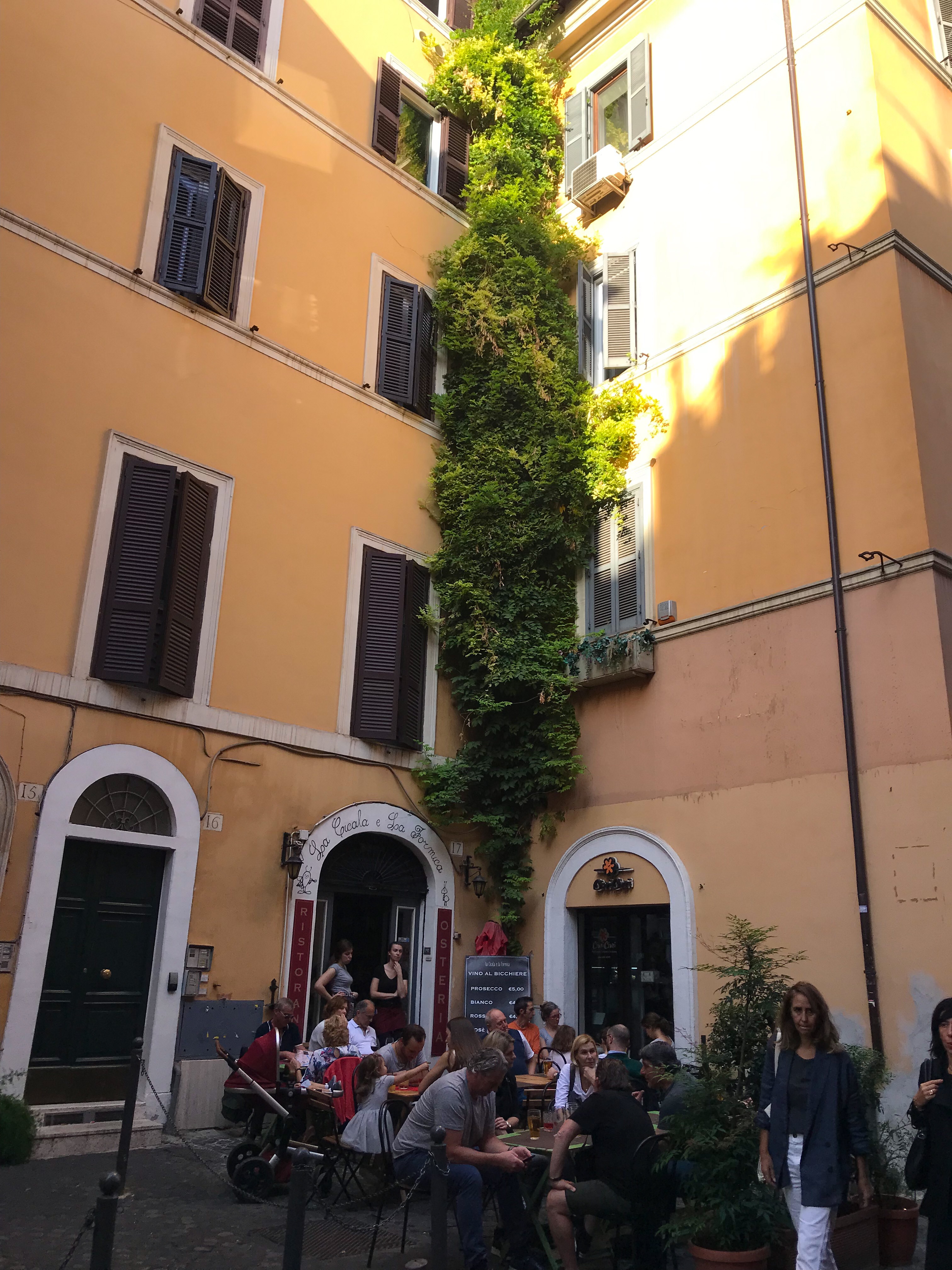
Making friends in cute shops.
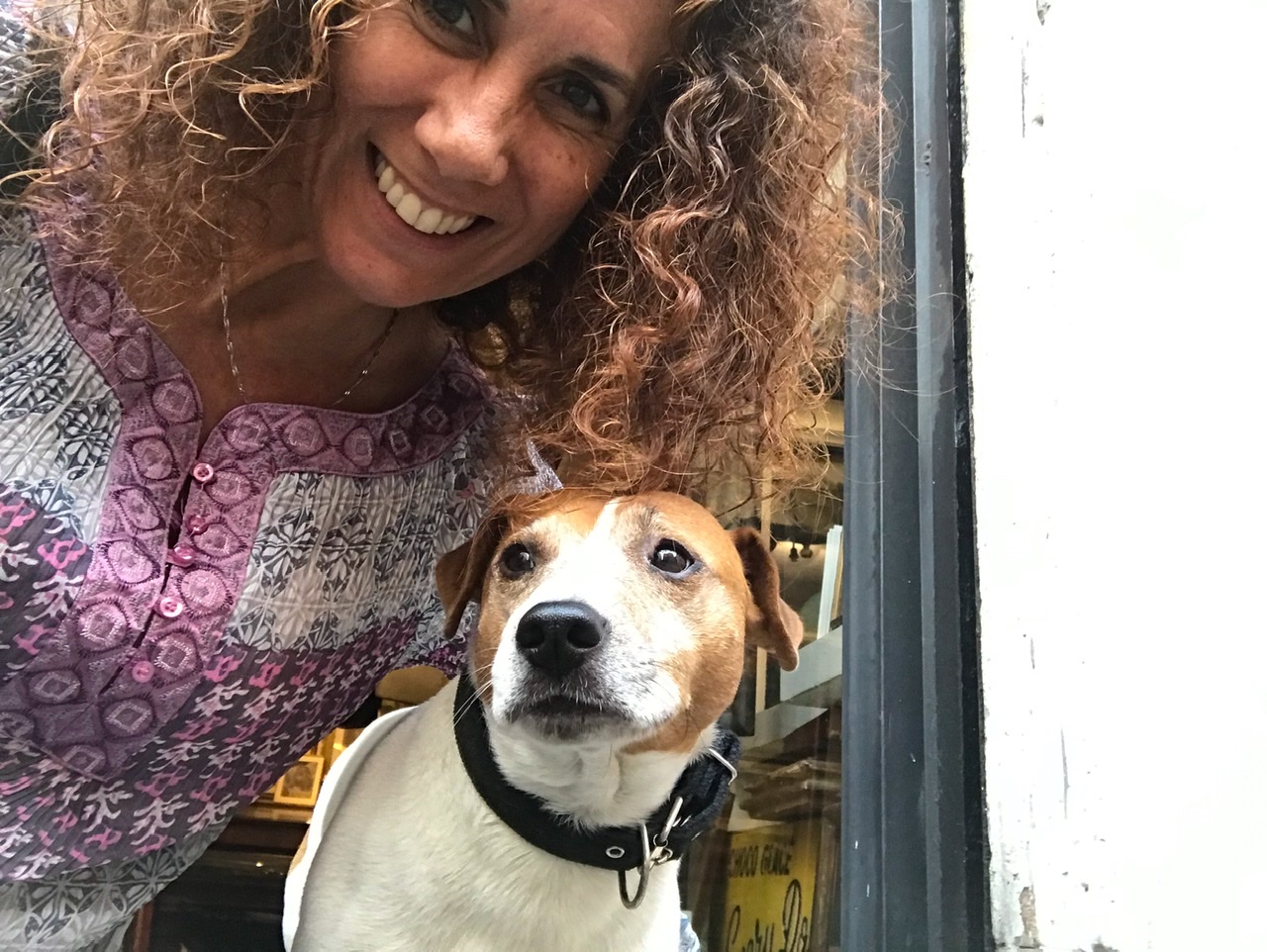
Or entering the jolly Monti’s Urban Market, open every weekend & liven up by a DJ . Inside you can find types of handcrafts, vintage clothing & plenty of more nice things.
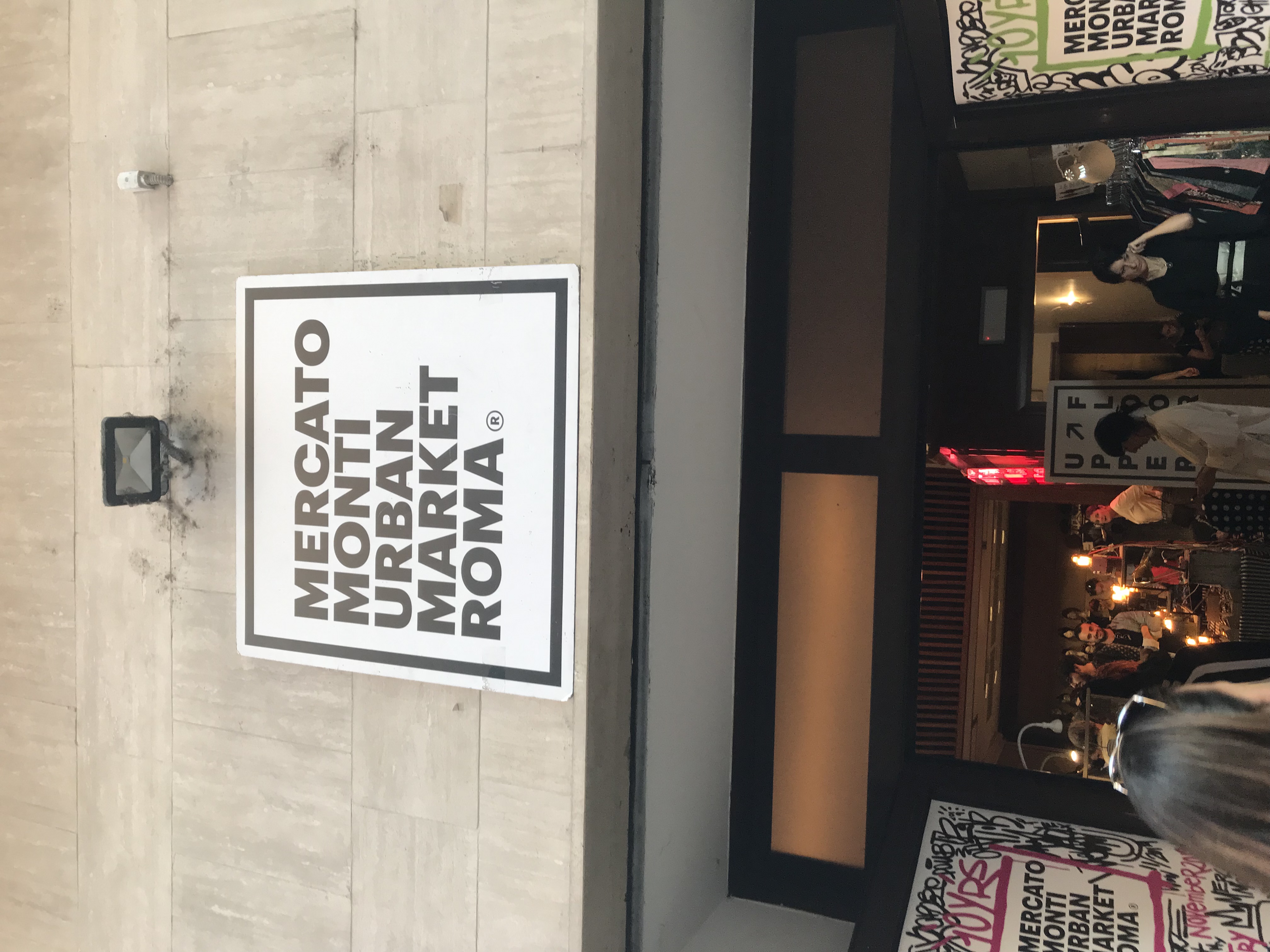
Near by is the church of Santa Maria ai Monti, don’t think I missed it, no. It also bears the name of the area & it gives name to a little square next door.

In the square we also saw a small Ucranian church that caught our attention, the Chiesa dei Santi Sergio e Bacco degli Ucraini.
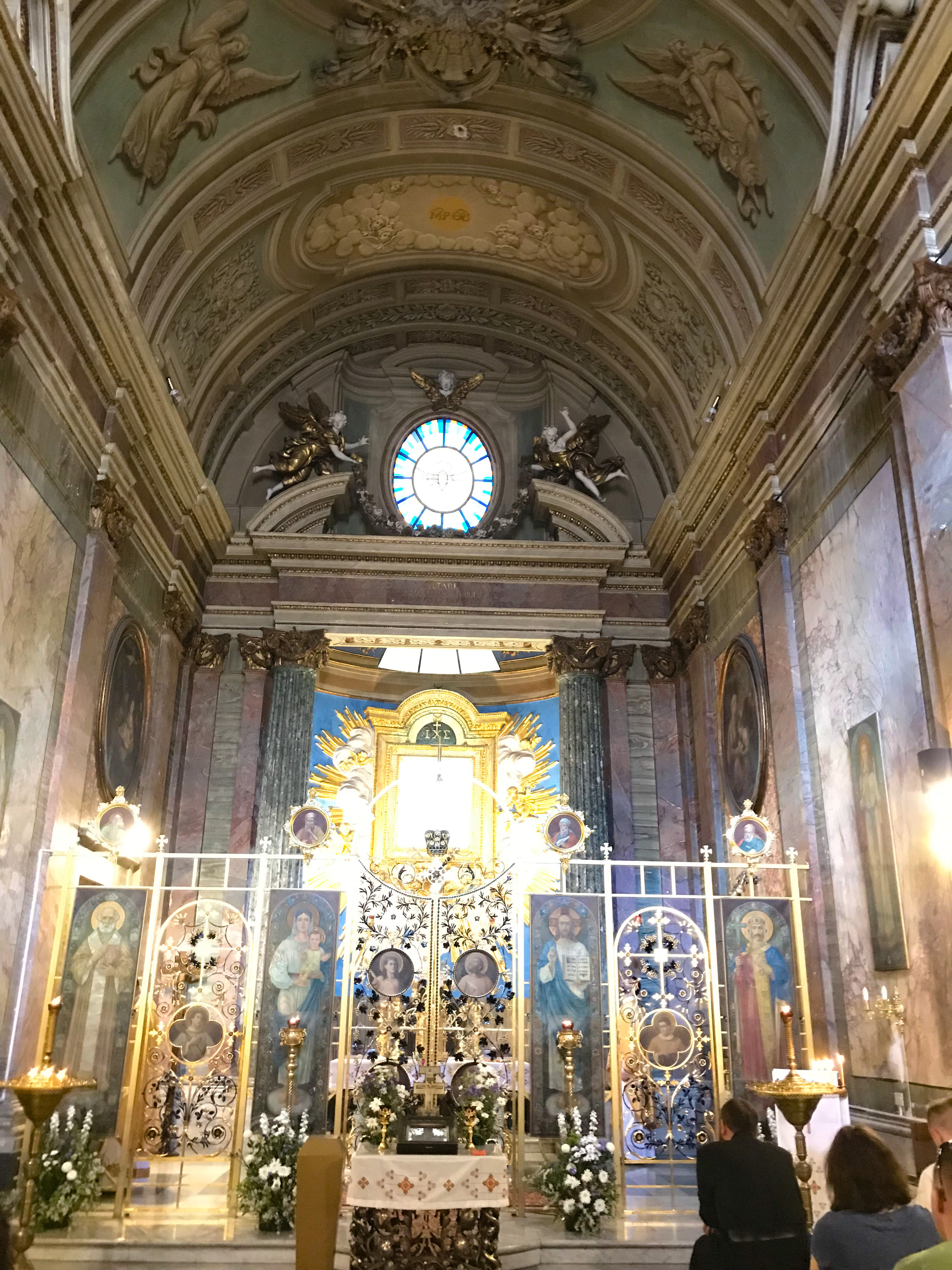
We were thirsty, so decided to find a place to have a drink, an outdoor terrace to be more accurate, the la Bottega dei Cafe, in the same Piazza della Madonna dei Monti. A place frequented by Romans.

There we spent a few enlivened hours chatting while the small square was becoming crowded with people willing to have a drink, a chat & a laugh, they were gathering around the small fountain in the centre of the piazza. It looked like they were planing to drink in the street, but instead of bringing their own drinks they would buy them from the cafe or any other nearby restaurant to have them by the fountain.
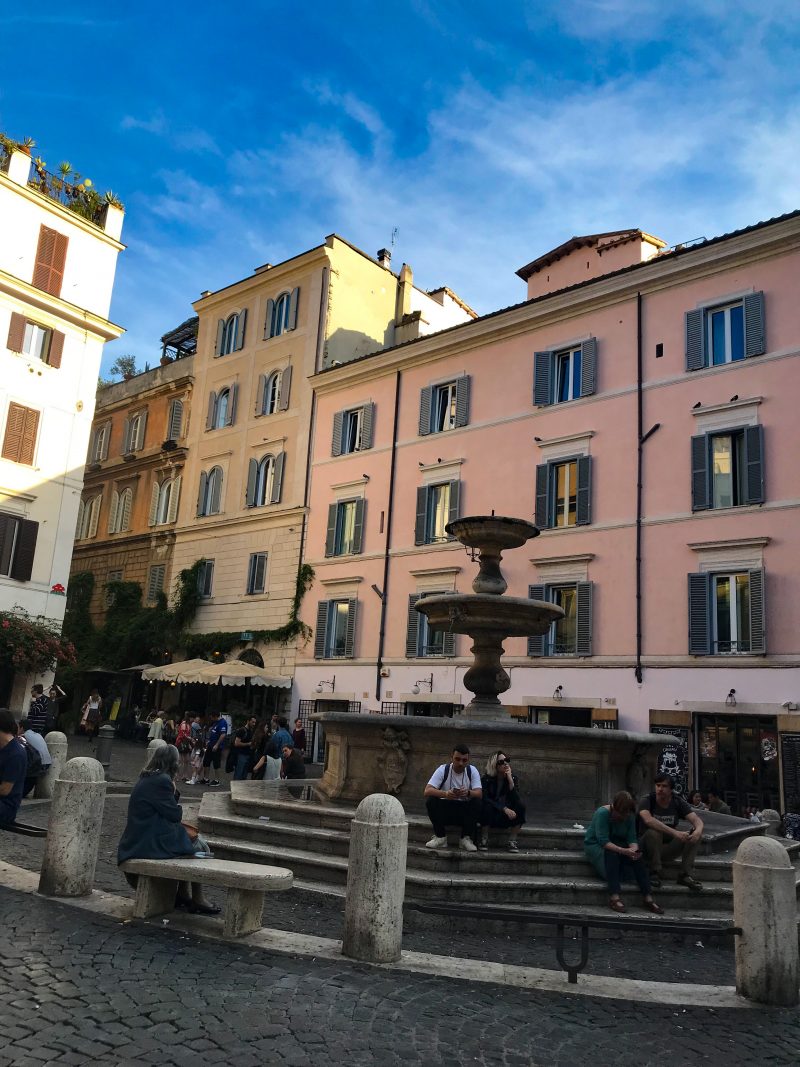
The memory of Vespasiano, who was the emperor who built the Coliseum has taken me to another excepcional work by the author you already know, Santiago Posteguillo. In this occasion I bring the Trilogy of Trajan, the first emperor with Hispanic origin, which first book is “The assassins of the emperor”. The book starts with Trajan as the general of the army in the Rhine & the complot to kill the emperor Domitian, while Trajan’s father is in bed very sick. The story goes backwards to the childhood & the young years of Trajan, moment when a few emperors are killed, like Nero, the tight Galba murdered by Vitelio, succeeded by the only one who could put an end to the chaos they had created, Vespasian.
The novel narrates thirty five years of the history of Rome having on one hand Trajan growing up & becoming a great general & on the other the youngest son of Vespasian, Domitian, the worst & bloodiest emperor the Roman Empire ever had.
Numerous emperors, poisonings, pretorians, amazons, friendship, caos, the eruption of the Vesubius, all & more narrated by the fenomenal Posteguillo’s pen that I learn so much with about the history of Rome.
